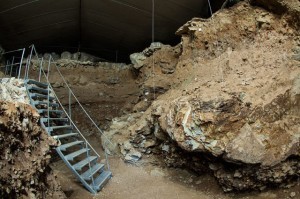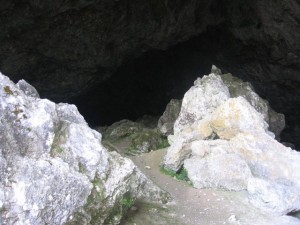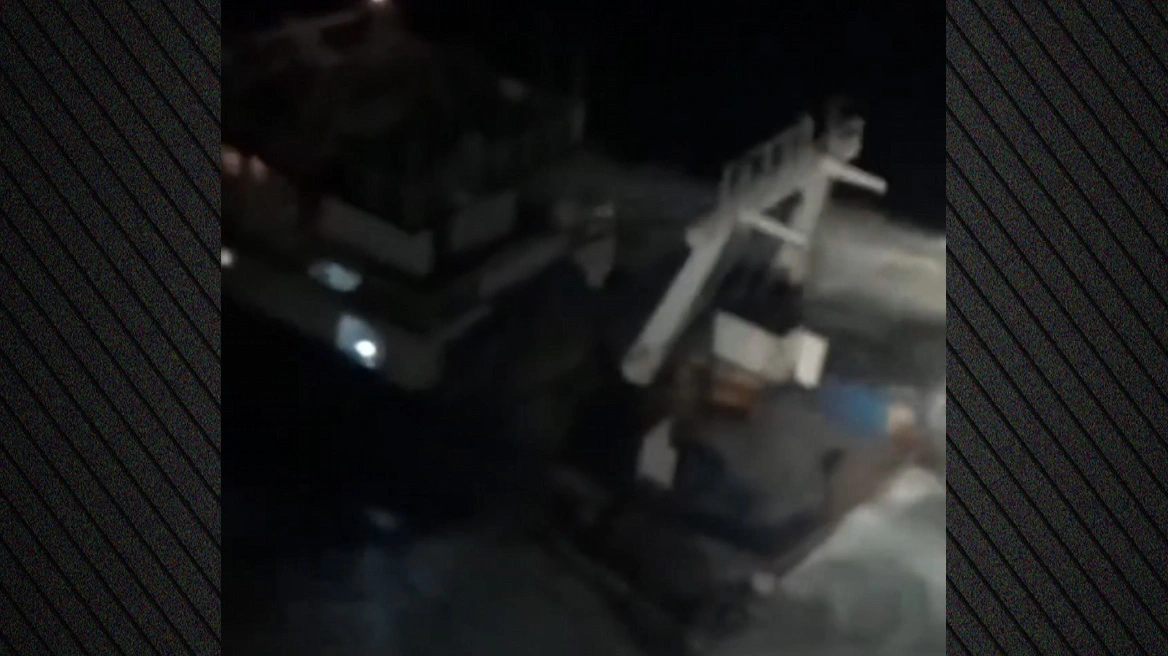In the Divje Babe archaeological park in northwestern Slovenia, researcher Ivan Turk found a 43,000-year-old cave bear femur that had been reshaped as a flute.
Turk named the flute a “Neanderthal flute,” not because the Neanderthals made it, but because it came from the period when they existed, which was approximately 55,000 years ago.
(Prehistorical flute from Divje Babe archeological site, Slovenia. Held by Slovenian National Museum, Ljubljana)
The Divje Babe archaeological park is located near the town of Cerkno and is one of the oldest archaeological sites in Slovenia.The site is a cave that sits 750 ft above the Idrija River; it is 148 ft long and up to 49 ft wide. So far, researchers working on this very rich site have uncovered over 600 finds in over ten levels in the dig site.
This includes finding 20 hearths and the skeletal remains of cave bears. The scientists have been using the rocks to investigate further into climate changes in the Pleistocene epoch. The flute that was found is possibly from the end of the middle of the Pleistocene epoch and comes from a juvenile cave bear.
(Excavation in cave Divje Babe I)
(Potok Cave, a cave in the Eastern Karawanks, where the remains of a human residence, dated to the Aurignacian (40,000 to 30,000 BP), including a bone flute, were found by Srečko Brodar in the 1920s and 1930s. This marks the beginning of Paleolithic research in Slovenia)
The bone flute is only a fragment, broken at both ends. It has two holes along its body, and each of the broken ends shows holes that are partially remaining.
Studies of the bone indicate that it was from the left femur of a cave bear that was only one or two years of age. The fragment is 11.6 mm long, and the two complete holes are of differing sizes and nearly 35 mm apart. The crucial question about the bone fragment is if the holes were human-made or made by natural means, such as from a carnivore. If man made the holes, it is very likely that this points to music having been around earlier than previously thought, which is very exciting for researchers.
(Illustration of the diatonic flute by Bob Fink)
The flute, regardless of how it was made, has been very popular, with models being made and played by distinguished flutist and biologist Jelle Atema.
The artifact is housed in the National Museum of Slovenia, along with other finds recovered from the Divje Babe archaeological site.
Ask me anything
Explore related questions









